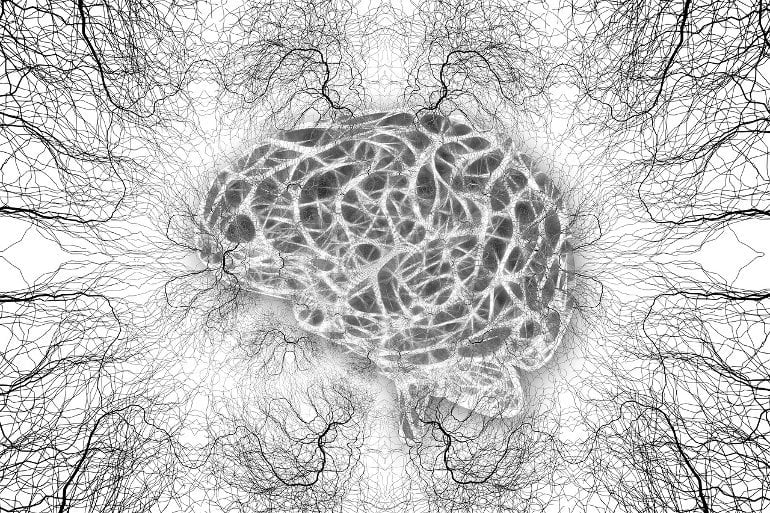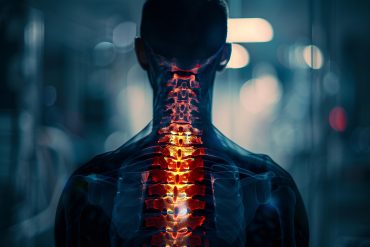Summary: Researchers identified a molecularly-defined cell population in the hypothalamus that causes a shift in the sleep-wake cycle as a result of exposure to psychostimulants.
Source: Medical University of Vienna
A research team of the Center for Brain Research at the Medical University of Vienna has identified a specific cell group in the brain responsible for shifts in the sleep-wake rhythm caused by psychostimulants.
A molecularly-defined cell population of the hypothalamus constitutes a point of control in the regulation of the circadian rhythm in the brain and gates the effect of psychostimulants through its activity.
Through this neural mechanism, psychostimulants can cause an increase in alertness and activity, even during circadian periods of rest and sleep.
The circadian rhythm is the ability of animals to synchronize their physiological processes over a period of about 24 hours. This includes the sleep-wake rhythm as a central regulatory element. The center for controlling this brain function is located in the hypothalamus.
People with irregular sleep-wake cycles, whether due to nocturnal activity or jet lag, often use psychostimulants to compensate the circadian shifts and correct their sleep rhythms.
The research team led by Tibor Harkany and Roman Romanov of the Department of Molecular Neuroscience at the Center for Brain Research of the Medical University of Vienna has now been able to identify a molecularly defined cell group (Th+/Dat1+) in the hypothalamus that is responsible for the circadian changes in activity patterns triggered by psychostimulants.
Some people with chronic disturbances of their daily rhythms, such as pilots, are known to use the psychostimulant amphetamine in order to be able to stay awake and be active even during their biologically predetermined rest periods.
The new study by the team of Tibor Harkany and Roman Romanov now tested and characterised this effect in a mouse model.

To this end, chemogenetic, optogenetic and behavioral methods were used to identify the group of cells in the hypothalamus that respond directly to the stimulants. The research team further revealed the functional circuitry in which these cells are embedded.
They were able to identify the lateral septum, an area of the brain that regulates autonomic processes and is involved in the control of locomotion, as another important brain area involved in the regulatory processes induced by amphetamines.
“We could define a new region of the brain that is the lateral septum, which is involved in circadian rhythms via activity of dopamine receptors, where psychostimulants can exert their stimulatory effects. If the receptors there are inhibited or stimulated, it directly influences the activity of the organism,” Roman Romanov explains
“Our new findings on the modulatory modes of the circadian rhythm offer starting points for new research on the functional effects of psychostimulants,” adds Tibor Harkany.
“With the identifcation of the receptors in the lateral septum, we open up a novel possibility for the development of new therapeutic approaches for the treatment of diseases associated with hyperactivity or shifts in circadian activity patterns.
About this circadian rhythm research news
Author: Nina Haas
Source: Medical University of Vienna
Contact: Nina Haas – Medical University of Vienna
Image: The image is in the public domain
Original Research: Open access.
“A hypothalamic dopamine locus for psychostimulant-induced hyperlocomotion in mice” by Tibor Harkany et al. Nature Communications
Abstract
A hypothalamic dopamine locus for psychostimulant-induced hyperlocomotion in mice
The lateral septum (LS) has been implicated in the regulation of locomotion. Nevertheless, the neurons synchronizing LS activity with the brain’s clock in the suprachiasmatic nucleus (SCN) remain unknown.
By interrogating the molecular, anatomical and physiological heterogeneity of dopamine neurons of the periventricular nucleus (PeVN; A14 catecholaminergic group), we find that Th+/Dat1+ cells from its anterior subdivision innervate the LS in mice.
These dopamine neurons receive dense neuropeptidergic innervation from the SCN. Reciprocal viral tracing in combination with optogenetic stimulation ex vivo identified somatostatin-containing neurons in the LS as preferred synaptic targets of extrahypothalamic A14 efferents.
In vivo chemogenetic manipulation of anterior A14 neurons impacted locomotion. Moreover, chemogenetic inhibition of dopamine output from the anterior PeVN normalized amphetamine-induced hyperlocomotion, particularly during sedentary periods.
Cumulatively, our findings identify a hypothalamic locus for the diurnal control of locomotion and pinpoint a midbrain-independent cellular target of psychostimulants.






